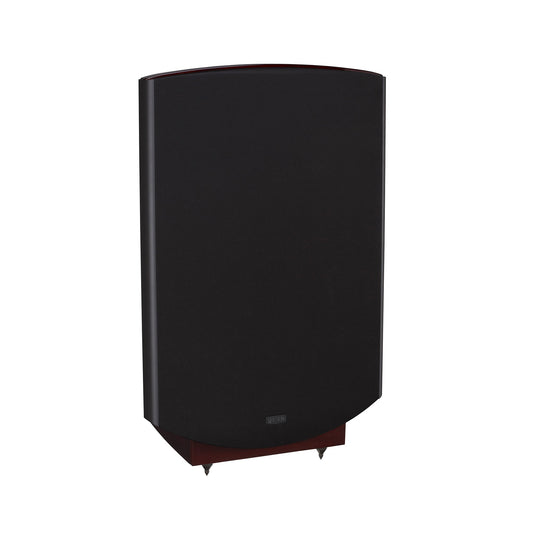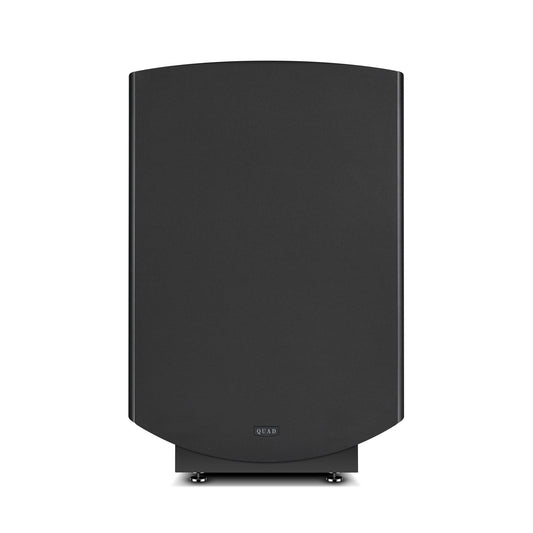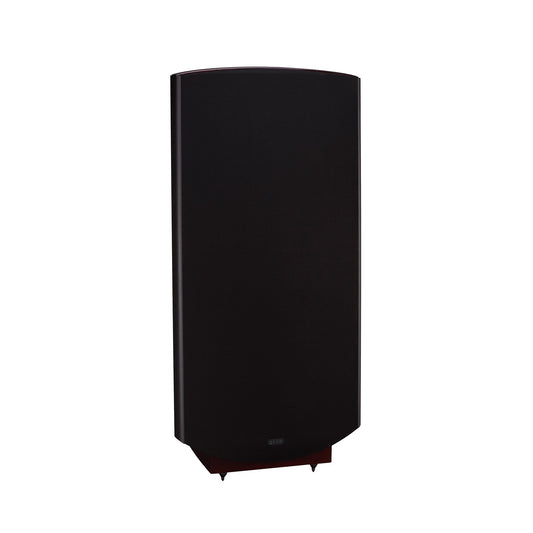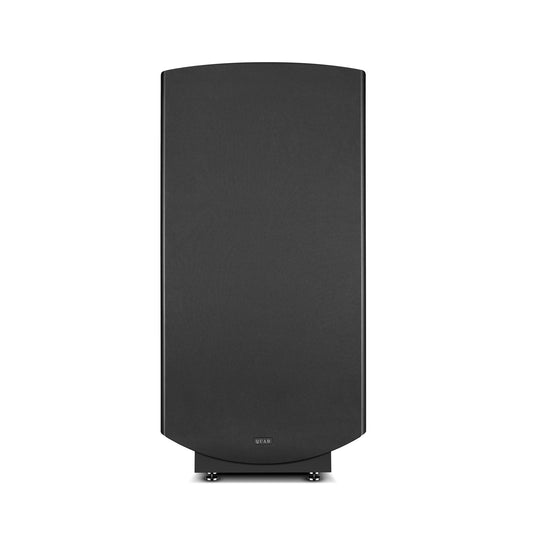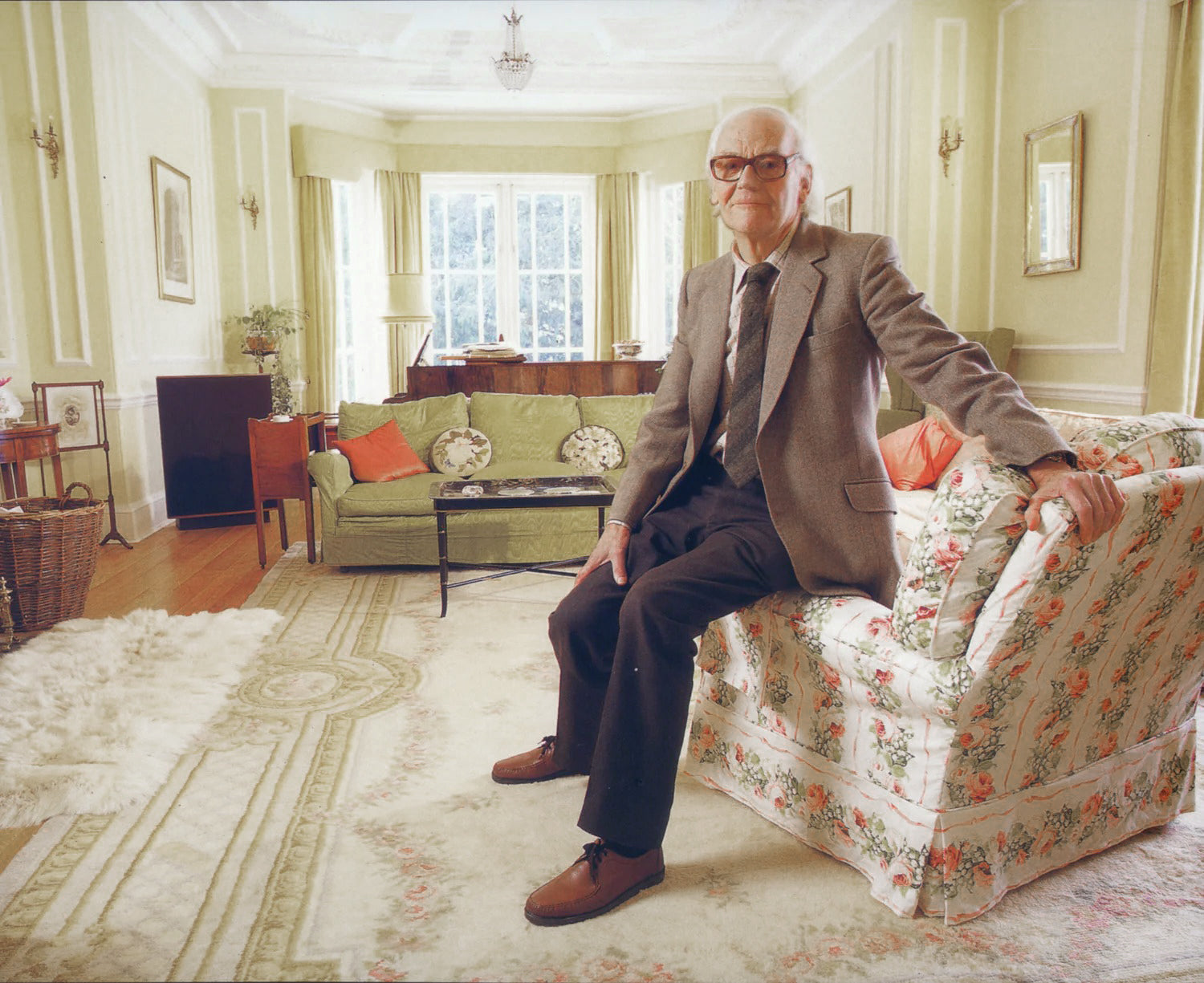
ESL
Electro Static Loudspeakers
QUAD's founder, Peter Walker, was a true visionary who revolutionised the world of hi-fi loudspeakers in the 1950s with the original Electrostatic Loudspeaker. Setting new standards in the quality of music reproduction in the home, the ground-breaking design featured full-range electrostatic loudspeaker technology and shattered preconceptions of what hi-fi speakers could sound like. QUAD has since continued to refine and improve upon Walker's design, earning a reputation as one of the finest audio brands in the world, with one of the greatest hi-fi innovations of all time.
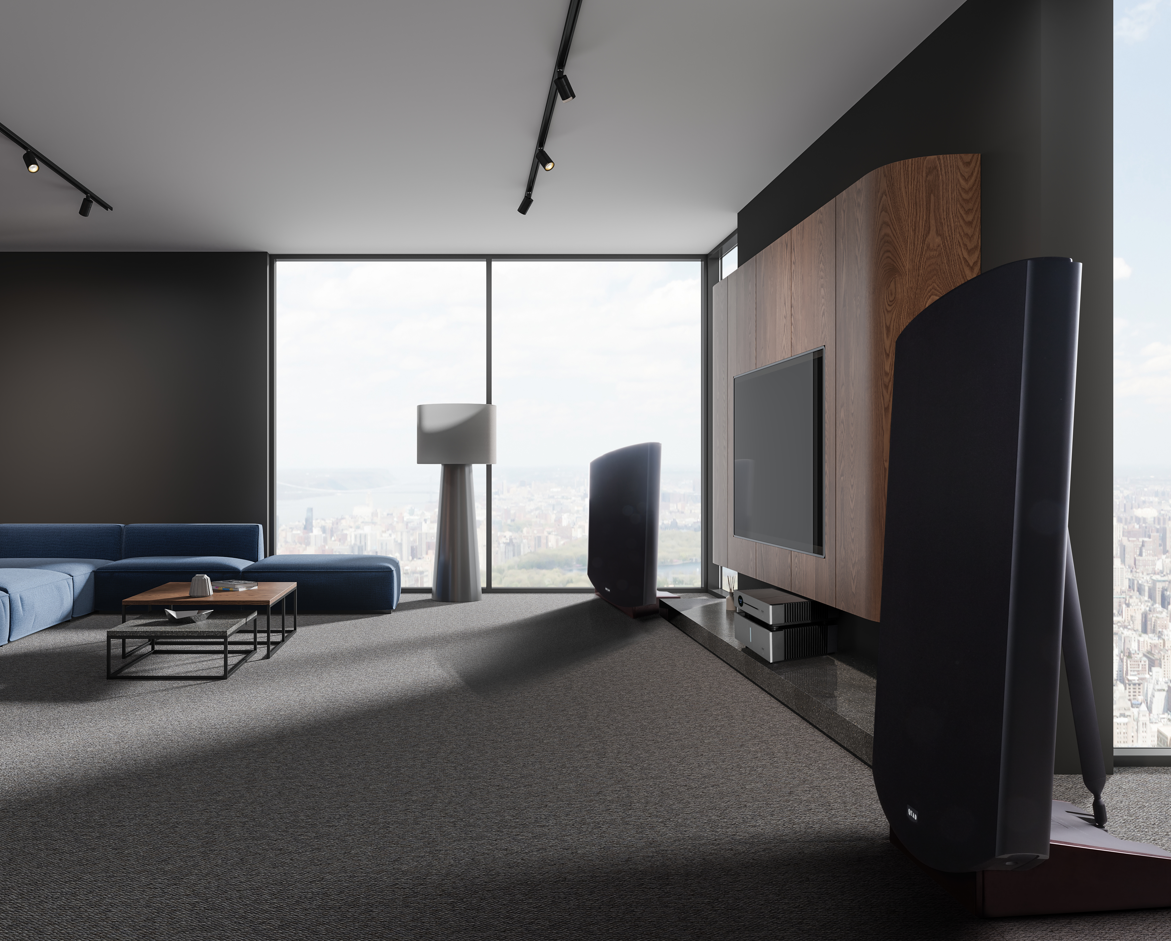
Such is the technology employed in the QUAD Electrostatic; it is scarcely updated. The last iterations came in 2005, followed by the ESL 2912 and 2812 in 2012. This, the latest and current model, represents QUAD’s finest electrostatic speakers to date. The minor and major refinements employed in the 2912 and 2812 always impress both seasoned ESL fan sand newcomers alike. QUAD’s reputation as a leader in the world of audio is well-earned, and the ESL is a testament to the company's unwavering commitment to quality and innovation.
QUAD ESL – the original electrostatic speaker
Electrostatic ‘panel’ speakers differ from the more common dynamic driver type in that they use an ultra-thin electrically charged diaphragm suspended in an electrostatic field to create sound waves, instead of woofer cones and tweeter domes that move back and forth by a coil in a magnetic field. The diaphragm in QUAD’s ESL speakers is made of a layer of stretched Mylar, which is ten times thinner than a human hair and so light that it nearly approaches the mass of the air to which it is coupled. Consequently, there is no inertia inherent in the speaker’s moving parts, and the diaphragm can accurately respond to musical detail and transients. The precision of an ESL is unmatched.
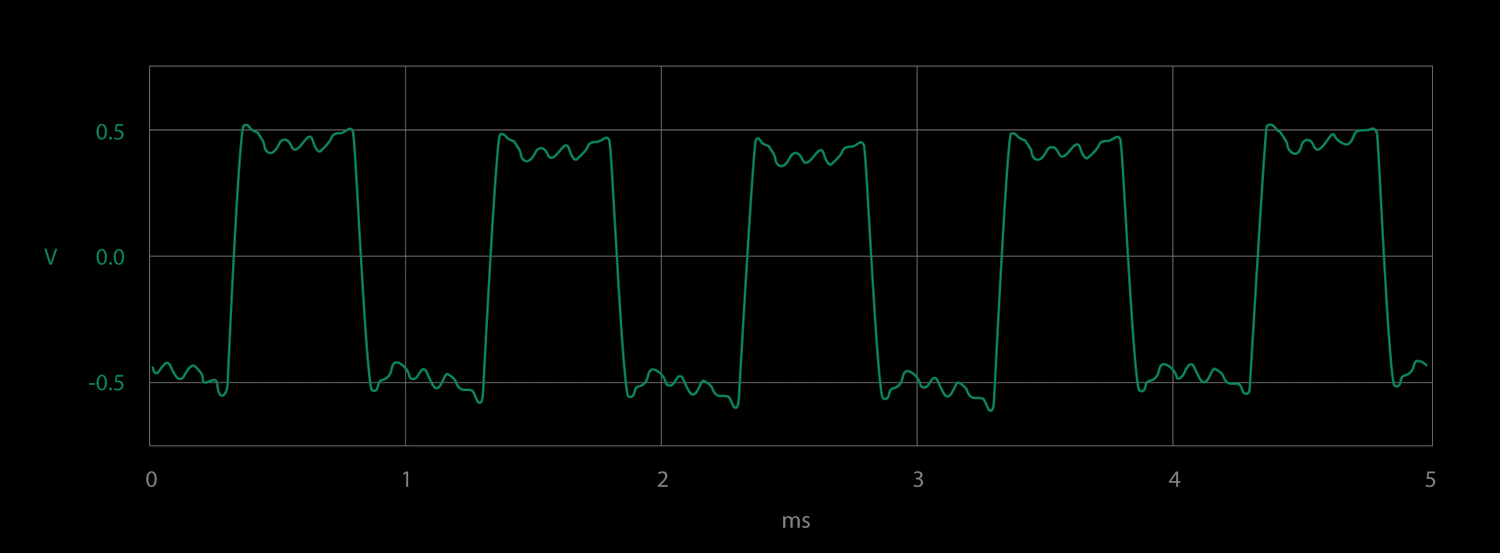
There are few loudspeakers that can play a 1kHz QUAD ESL square wave clearly and precisely!
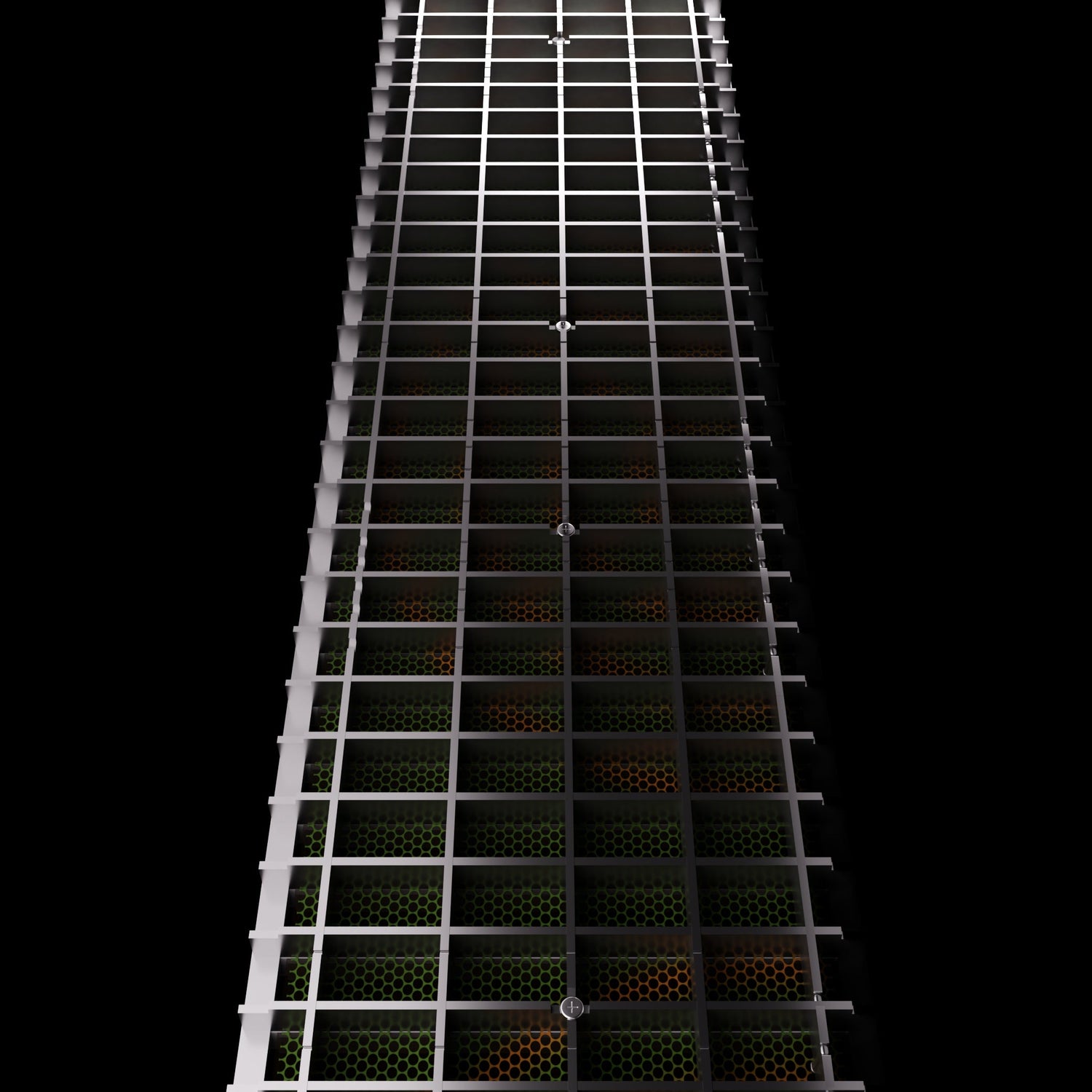
The QUAD ESL speaker features highly charged stator elements situated on both sides of the diaphragm. These elements are connected to a power supply that provides 5kV of EHT (Extra High Tension) charge. This helps to control the movement of the diaphragm and maintain a high voltage charge at the diaphragm to ‘stator’ interface. This leads to ultra-low distortion of the sound produced by the ESL.
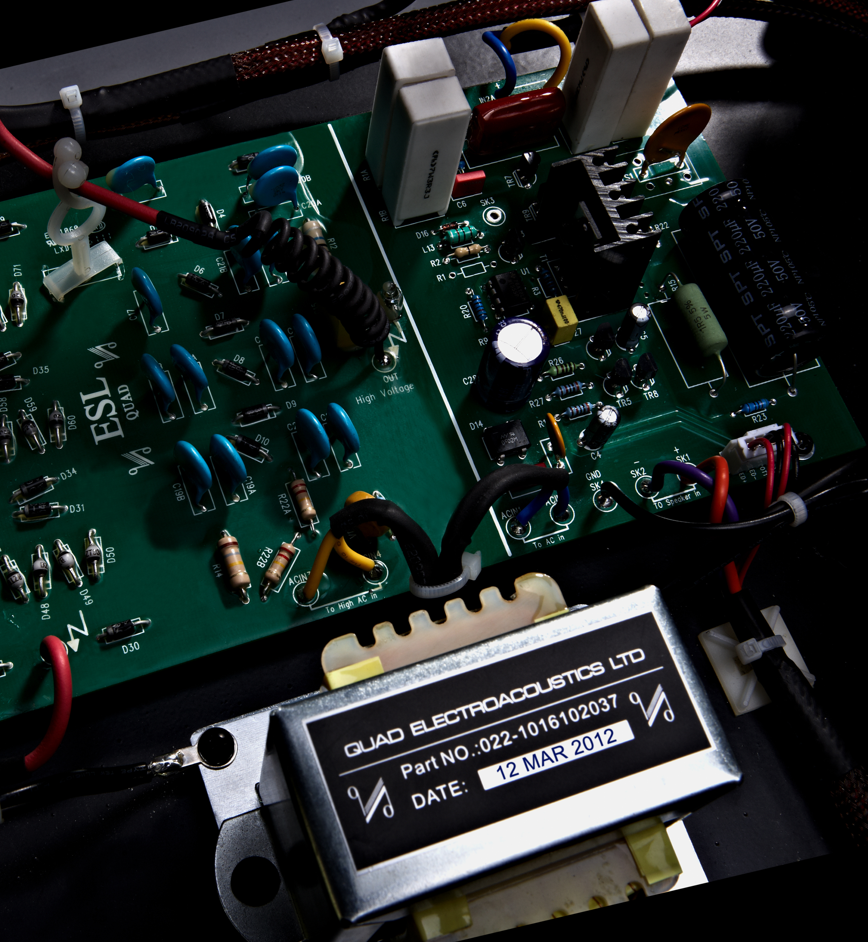
The latest ESLs have multiple electrostatic panels - four in the 2812 and six in the larger 2912. Each panel is carefully crafted by specially trained operatives led by a team of British engineers who have over 100 years of combined work experience under the QUAD umbrella. The QUAD ESL speakers uniquely use two inner panels that have concentric rings of electrodes. This allows for pinpoint imaging from apoint source, resulting in accurate stereo imagery for all listeners. The panels are held in a high-mass structure of tensioned aluminium extrusions connected to stainless steel supports, ensuring optimal transmission of sound energy and supremely accurate transient performance.
The evolution to 29**
Each ESL iteration is a marked improvement on the predecessor.
And there’s a lengthy gap between models for good reason!
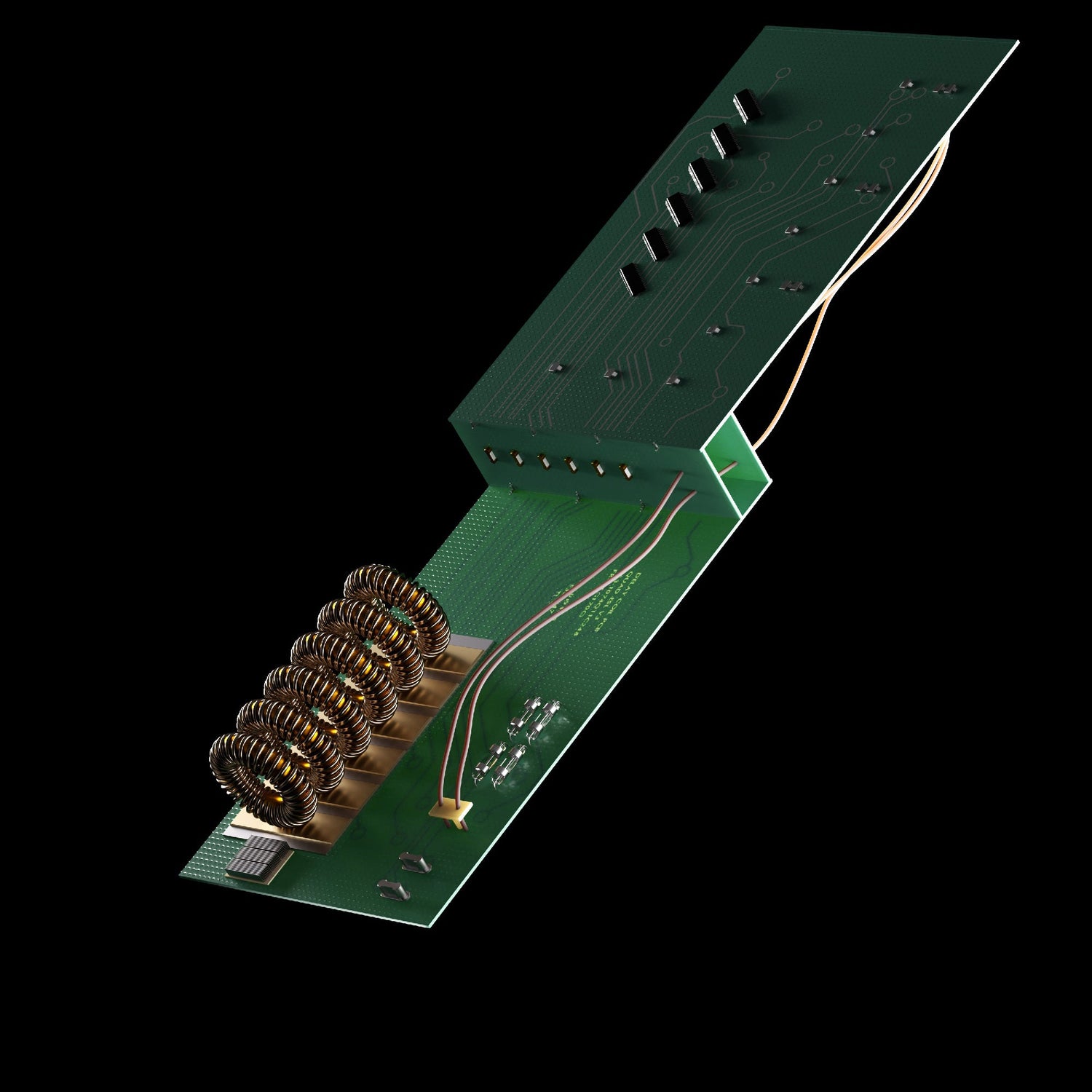
In designing the ESL 2912 and 2812 models, the QUAD engineers began by improving the power supply for EHT voltage. The aim was to minimise the ‘creepage’ of charge between components on the circuit boards. This was achieved by a new two-layer PCB and the use of 2oz copper. Optimum insulation, regulation of the distance between contacts and a symmetrical layout for the components were also implemented. In addition to this, and a benefit thereof, these updates are the improvements in cable dressing, again reducing the effects of creepage, particularly in high-humidity environments.

As with all audiophile electronics, the power supply and transformers play a large part in the performance of a system. In the 2812 and 2912 models, new components have been introduced to the power supply, including Vishay metal film resistors and Murata audio-grade capacitors. Although these components do not directly affect the signal path, they significantly impact the consistency of the EHT supply and, therefore, the signal purity when reproducing music.
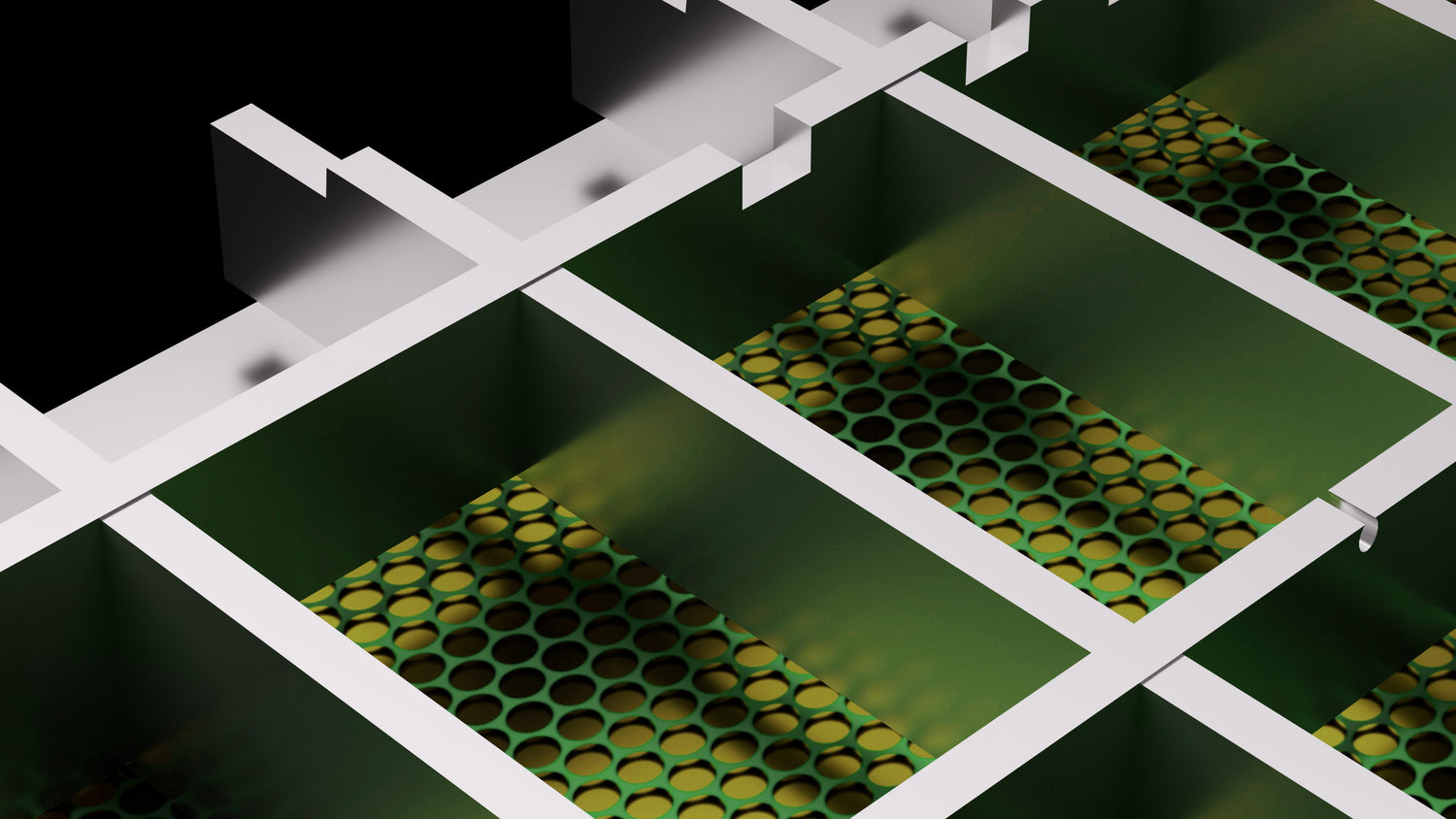
Considerable attention has been given to the stators in the construction of the ESL 2912 and 2812 speakers. Each stator is made up of a layer of copper that is placed on a thin, insulating backing. This backing has a pattern of holes that make it acoustically transparent. The copper layer is etched to create a conductive pattern that accurately reproduces the point source attributes of the QUAD ESL. After etching, the copper is insulated from the diaphragm, which lies in close proximity to it.
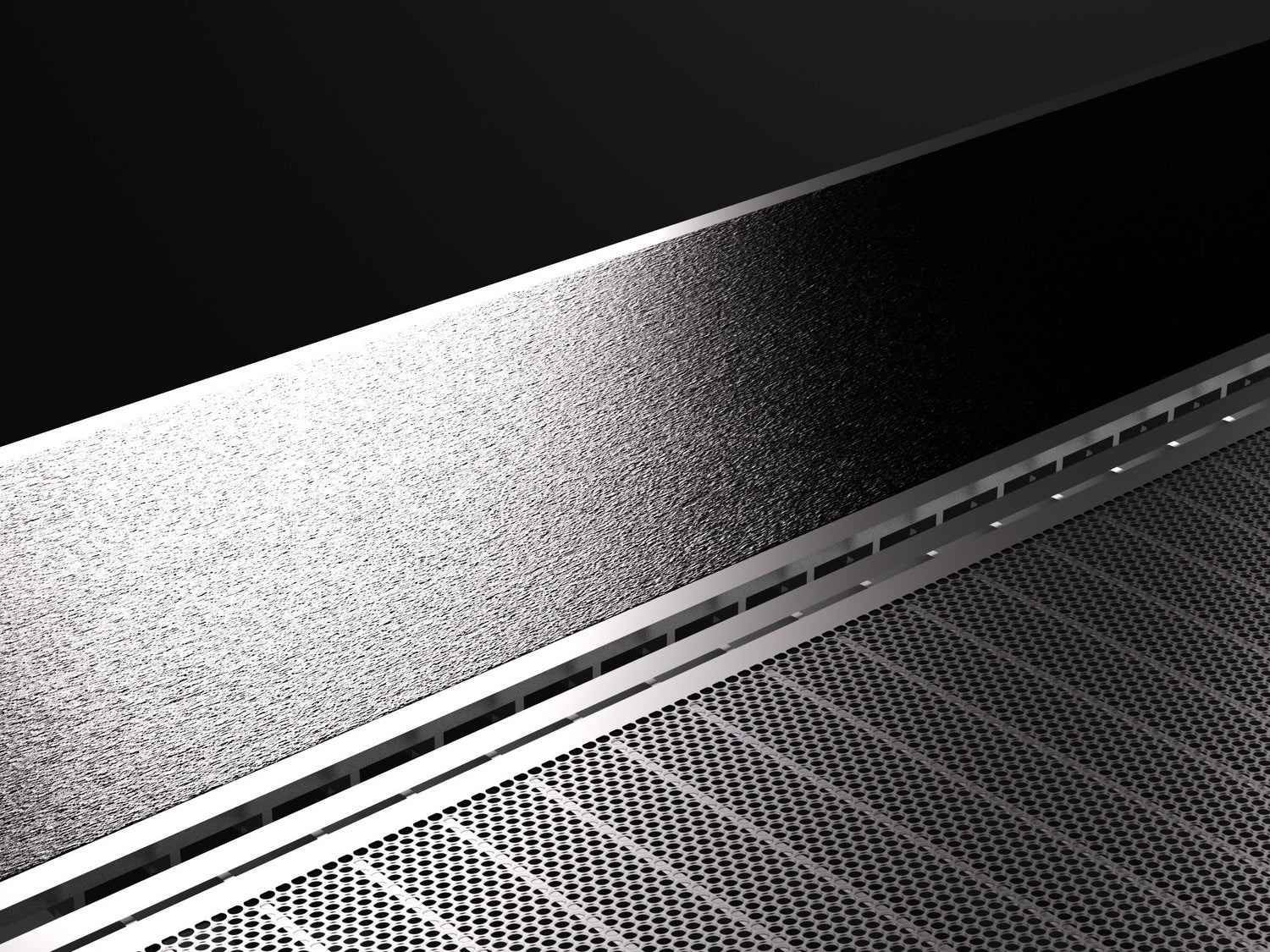
The ‘secret ingredient’ insulation material is applied in three coats using a special spraying technique perfected over 100s hours of training. The number of people trained to the levels required to perform the techniques involved in panel production is few and it is an even further specially selected few who are entrusted to work in the ESL labs. The technique is designed to prevent degradation of the EHT charge that occurs under high dynamic conditions when the diaphragm comes into close contact with the stator. As a result, the latest versions of the ESL can play louder and handle more power than previous models.
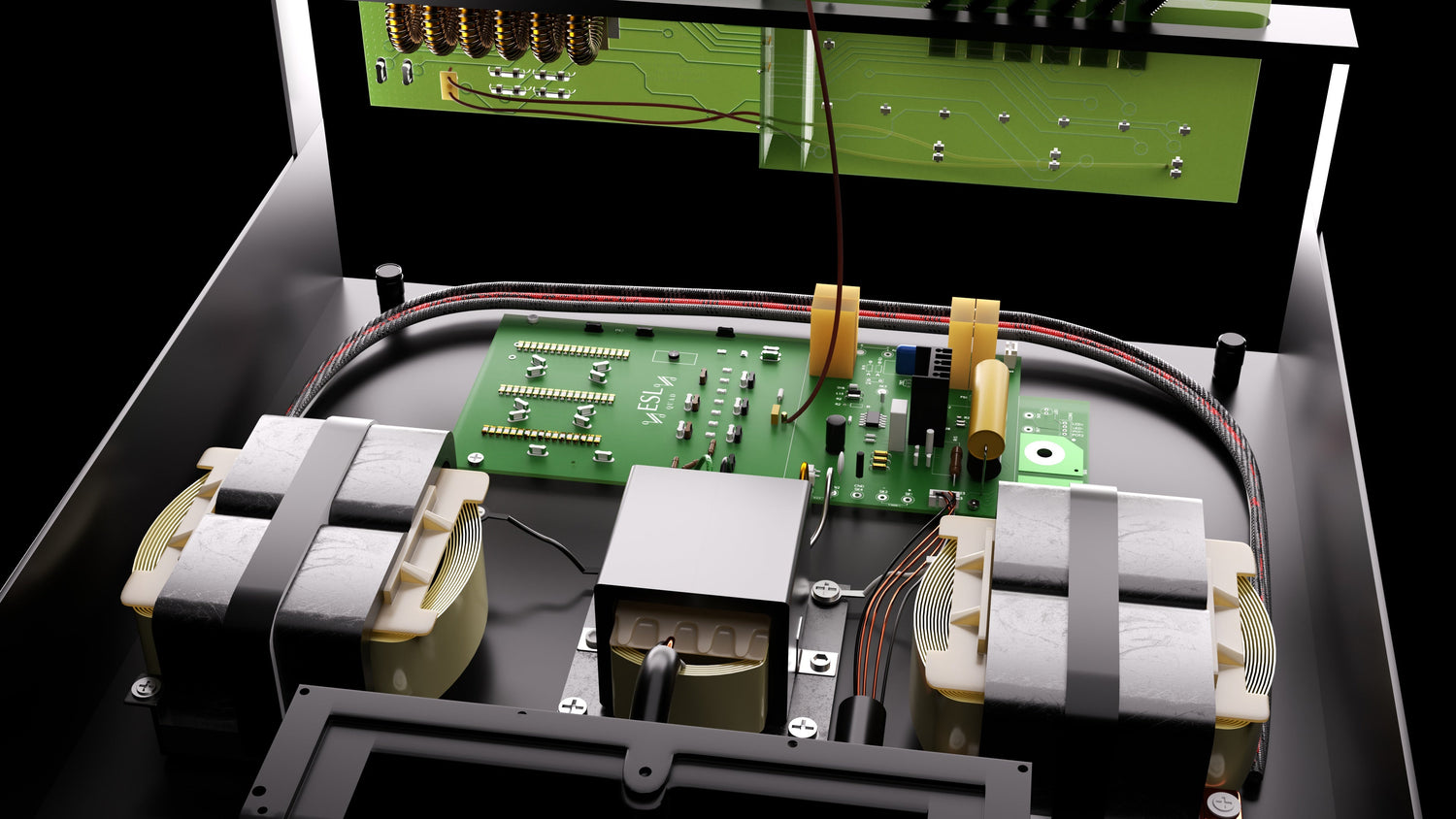
Despite the enhanced power output, the ESL is still prone to overdriving - just like any loudspeaker. By nature of their design, distortion from the ESL 2812 and ESL 2912 is so low that it is fair to say that listeners may not necessarily be aware of the extremely high sound pressure levels that these speakers can generate. In conventional loudspeakers, rapidly increasing distortion is usually the immediate giveaway of distortion from high power levels. With the ESLs, no such distortion will be apparent. Based on nearly 70years of user application studies, QUAD are very aware that ESL fans are likely to use high-power amplifiers in order to achieve a signal provision worthy of ESL sound reproduction - therefore, there is a noted risk. As a safeguard to this, power protection is factored into the design. As soon as overdriving is detected (by a momentary collapse of the EHT level or through arc detection),the speaker is temporarily muted. The discreet QUAD logo on the front of the ESL will offer a visual indication of this ‘protect mode’ by way of flashing, a sensible and logical step to help preserve the ESL’s performance in the event of accidental overdrive.
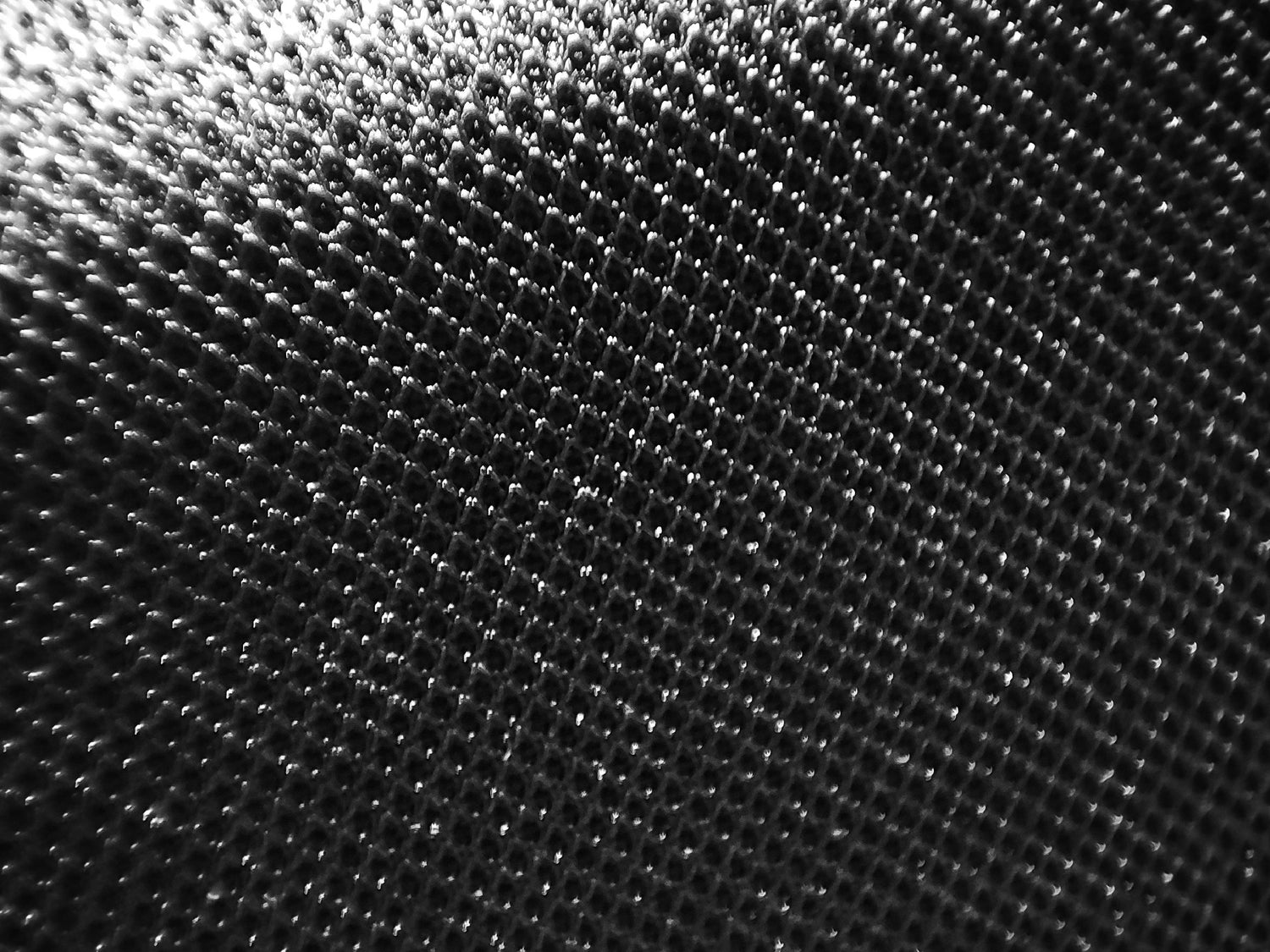
Several external improvements have been made to enhance the sonic performance and aesthetic appearance of the new ESLs. Now slightly taller than any predecessor, the 2912 and 2912 are also narrower and less deep than previous models. A specific new net cloth has been developed that delivers superior audio transparency. The grille support has been reinforced with newly designed strengthening ribs, reducing the possibility of resonance and ensuring that the grille cloth remains under tension without overstretching.
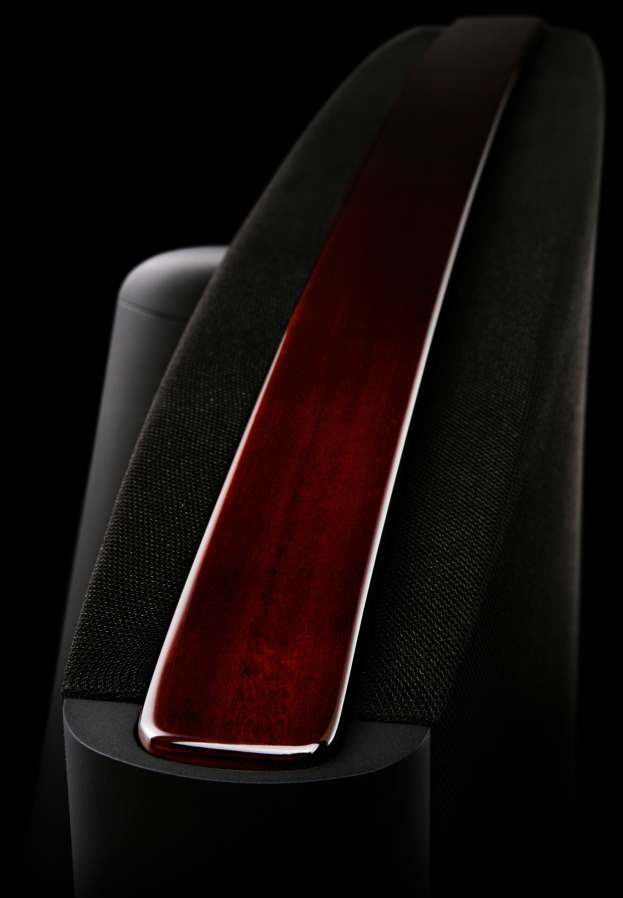
Matching wood-veneered panels now adorn the top of the speakers and the sides of their substantial bases. The bases are formed from high-density plywood which also helps dampen frame resonances and are smothered in layers of piano lacquer. The shielding cover on the base is embossed with the QUAD logo and all typography is now in gold lacquer paint. The gold-plated cable terminals, corresponding PCBs, and wiring have also been enhanced.


